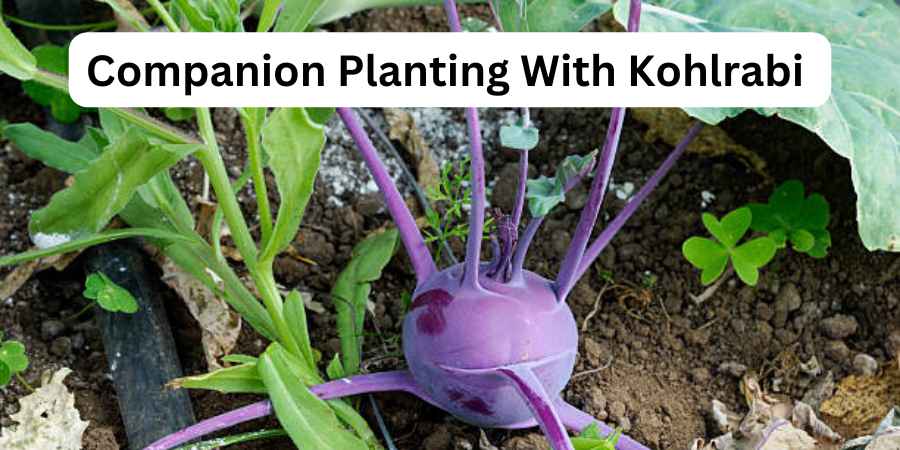Last Updated on June 1, 2025 by Jocelyn
Kohlrabi (Brassica oleracea var. gongylodes) is a cool-season vegetable with a turnip-like taste. It has a round stem that grows above ground in purple or light green.
Companion planting with kohlrabi helps improve growth, control pests, and save space. Good companions include beets, cucumbers, onions, lettuce, dill, thyme, mint, and sage.
These plants boost nutrients, attract helpful insects, or block harsh light. Cool-season flowers like pansies also grow well nearby.
Avoid tomatoes, pole beans, strawberries, and peppers. They compete for nutrients or attract pests. Planting kohlrabi with the right neighbors keeps the garden balanced and healthy.
Table of Contents
ToggleThe Benefits of Companion Planting With Kohlrabi
When you start companion planting with kohlrabi, it’s like creating a happy neighborhood in your garden where every resident helps each other.
This gardening strategy isn’t just about making your backyard look pretty; it helps build a thriving ecosystem.
| Benefit | Description |
| Vibrant Community | A supportive community of plants helps each other grow. |
| Soil Health | Fragrant herbs and colorful flowers add essential nutrients to the soil. |
| Pest Control | Natural aromas from flowers and herbs ward off unwanted pests and attract beneficial insects. |
| Symbiotic Environment | Companions like herbs create a mutualistic relationship, enriching the soil and fortifying defenses. |
| Increased Productivity | A diverse tapestry of plant species promotes robust growth and sustained health. |
Explore my other guides to companion planting:
- Sage companion plants
- Banana companion plants
- Companion planting for arugula
- Companion plants for raspberries
Best Companion Plants for Kohlrabi
By strategically pairing kohlrabi with beneficial companions, gardeners can boost overall yields. Below are some of the best companion plants for kohlrabi:
1. Bean Plants
Bean plants are beneficial for boosting the soil by adding nitrogen, which helps kohlrabi grow strong and healthy. When bean plants fix nitrogen, they enrich the soil with this important nutrient.
Kohlrabi is a heavy feeder and needs a nutrient-rich environment. Beans are perfect friends for it.
They can be trellised and grown as pole beans, which grow tall and provide shade for kohlrabi during the hot spring and summer. This cools the air and extends the growing season for kohlrabi.

Enjoying a crisp veggie like kohlrabi in your superfood smoothie is a treat. So, plant beans to support your kohlrabi crop.
2. Nasturtiums
Nasturtium bright flowers act like bodyguards for the cole crops. Their spicy scent keeps away pests like cabbage loopers. The peppery, edible blooms also attract helpful pollinators.
As an annual flower, Nasturtiums spread out as ground cover, keeping the moisture in the soil. This makes it easier for the gardener by reducing weeding time.
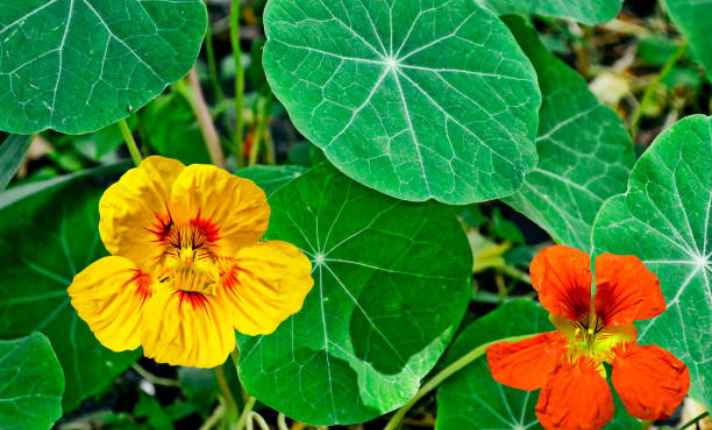
3. Chamomile
Chamomile is a wonderful plant for your garden. It makes a soothing tea that calms your nerves and enhances the flavor of kohlrabi.
Chamomile is like a friendly neighbor; it keeps pests away, ensuring your kohlrabi stays stress-free and tasty.
The cute flowers look like daisies, making them attractive next to colorful and rustic kohlrabi.
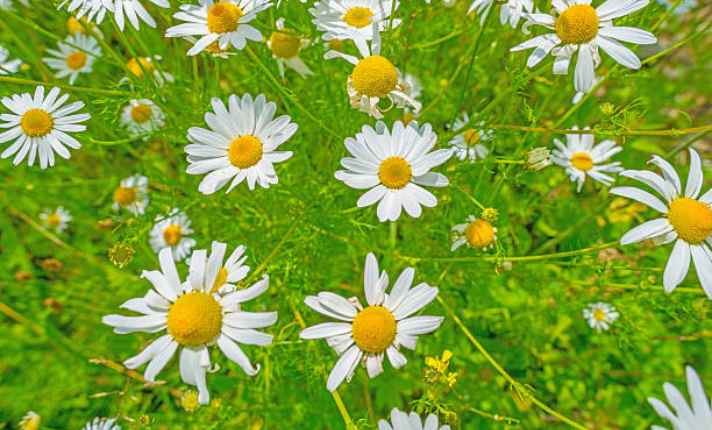
This beneficial herb repels whiteflies, attracts wasps and ladybugs, and fights off fungal diseases like powdery mildew.
Even if your chamomile is not near cabbage family plants, you can stew the leaves and spray the tea on young plants growing elsewhere in your garden.
This helps prevent damping off, a debilitating fungal infection that can harm seedlings.
4. Chives
When you grow chives in your garden, you’re adding a great companion to your kohlrabi. Chives are part of the onion family or alliums, and they can repel moths, mites, aphids, and flea beetles that often plague brassicas.
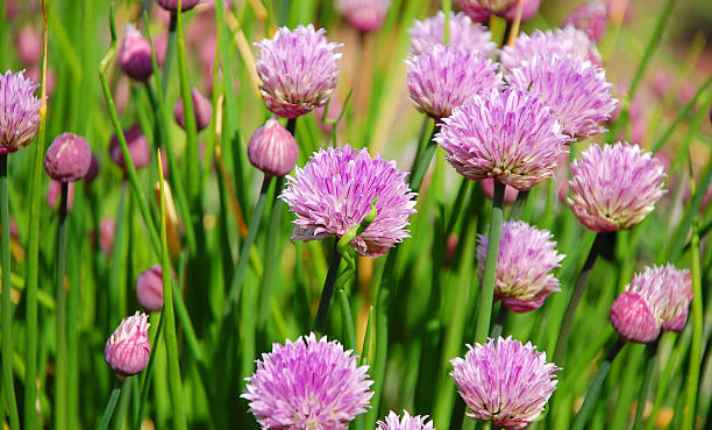
My top recommendation is to plant Allium schoenoprasum, which burst with light purple flowers that look lovely next to kohlrabi in any color.
The strong scent of chives acts like a no-entry sign for pests, keeping them away while also attracting pollinators.
This ensures your garden is always buzzing with activity, like a fun party where only the best guests are invited.
5. Dill
Dill is an amazing herb that adds life to the garden and attracts beneficial insects. These insects help get rid of pests that attack kohlrabi.
The aromatic yellow flowers of dill (Anethum graveolens) attract helpful wasps and hoverflies, which fight enemies like aphids and young cabbage worms.
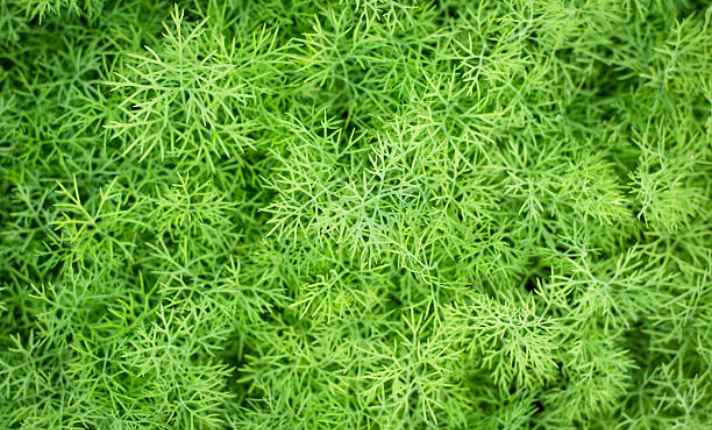
This herb will bloom all through the growing season. You can plant both kohlrabi and dill in early spring or as a second crop in autumn.
6. Rosemary
Rosemary is a great neighbor for your kohlrabi. This aromatic perennial herb acts as a guardian, keeping aphids and cabbage moths away. Plant it around the border of your vegetable plot as a natural shield.

Rosemary thrives in full sun and well-draining soil with minimal watering. Using rosemary protects your crops and adds a tasty culinary herb to your meals.
Old-timers suggest pruning and spreading sprigs near brassicas to repel slugs and snails that dislike its spiky leaves.
7. Sweet Alyssum
Planting Lobularia maritima with kohlrabi is very helpful. This fragrant flower with white blooms attracts hoverflies that eat aphids, protecting brassicas.
Its mounding habit covers bare soil, stopping weeds, and keeping in moisture. It doesn’t need many nutrients, so it won’t compete with heavy feeders.
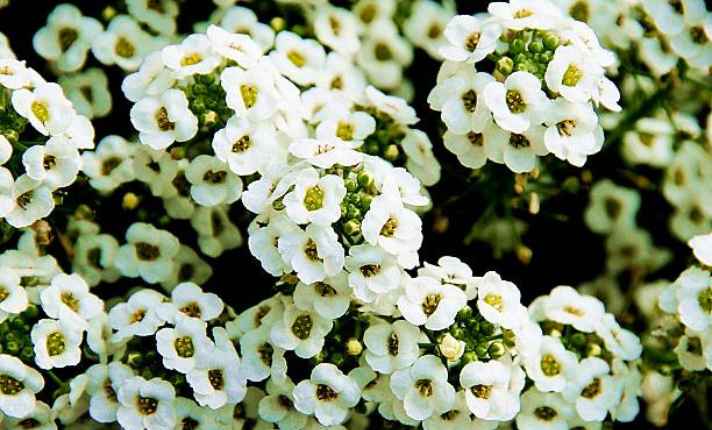
Sweet alyssum likes full sun to partial sun and well-draining soil. It acts as a ground cover, spreading fragrance and bringing beneficial insects.
Its thick foliage keeps soil moisture just right for kohlrabi, creating a visually appealing and supportive ecosystem where all plants can grow together.
8. Rhubarb
Rhubarb is a great plant to grow with kohlrabi. Its big leaves help keep pests away and give gentle shade to your garden. Rhubarb likes full sun and well-drained soil, but be careful because its leaves are toxic if ingested.

9. Cucumbers
When growing cucumbers with kohlrabi, it’s great because the vine plants provide shade during hot spells. This partnership also helps with pest control.
Cucumbers love sunny spots and moist, well-drained soil. Using trellises saves space and keeps the fruits clean.
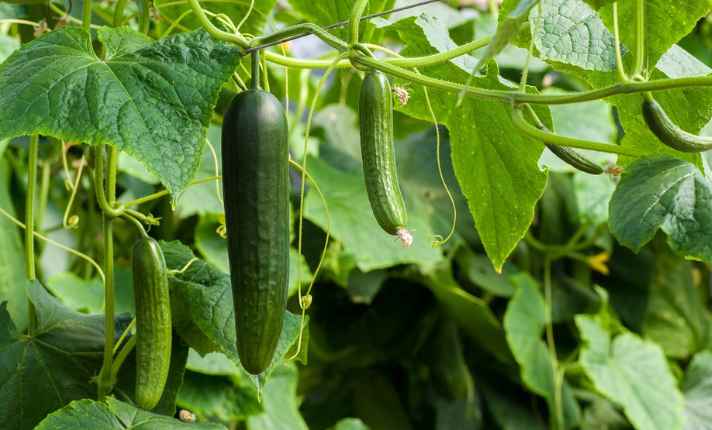
10. Alliums (Onions, Garlic)
I love planting alliums like onions and garlic around my kohlrabi. Their aroma creates a scent that confuses pests and keeps them away.
Alliums don’t mind the type of soil, but they do need good sun. I always plant them on the perimeter of my kohlrabi garden, creating a fragrant barrier that protects against invaders.

11. Thyme
Thyme is a culinary herb that is a double threat in the garden. Thyme repelling insects on its own and boosting rosemary’s protective effects when planted together.
Thyme loves full sun and well-draining soil. Once it is established, it becomes drought-tolerant and low-maintenance.
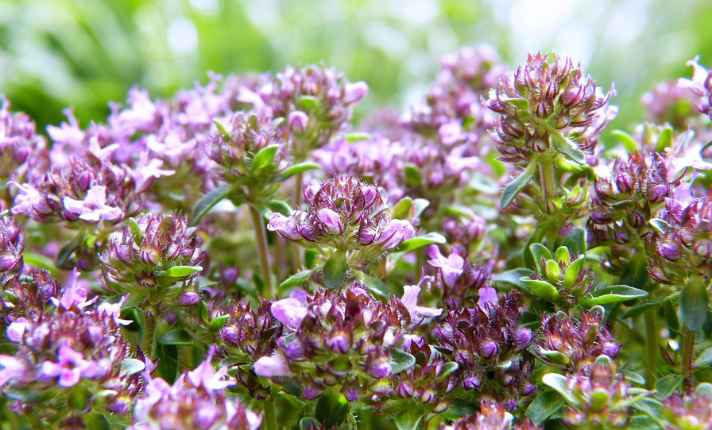
12. Celery
Celery thrives in rich, moisture-retentive soil with consistent watering to avoid bitterness. It’s a good neighbor, sharing space well.
The ‘Tendercrisp’ variety grows up to 26 inches tall and needs spacing of six inches to a foot. Planting in cool weather and harvesting simultaneously can clear the bed for a new crop.
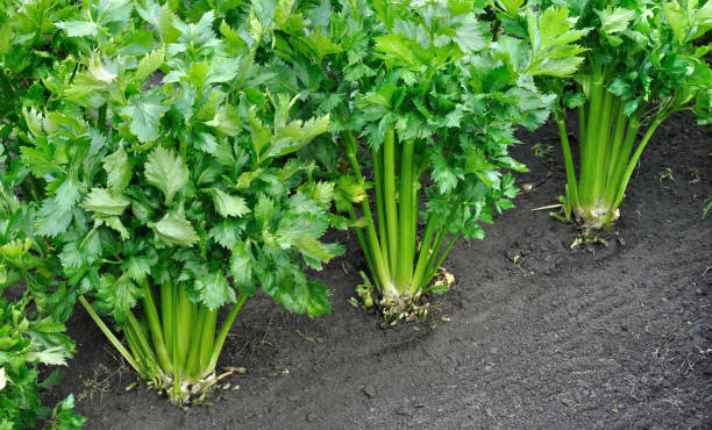
Plants to Avoid Planting Near Kohlrabi
When I first started my garden, I learned that kohlrabi can be picky about its neighbors. Some plants can be too competitive and attract unwanted guests, which can make the living conditions for kohlrabi less than ideal.
If you want a healthy plot, it’s best to avoid planting certain residents near your kohlrabi. This way, your garden will be happier and grow better.
1. Pumpkins
Pumpkins and kohlrabi make great neighbors in the garden. When you plant them together, they share the space well.
Pumpkins grow on vines, so they spread out, while kohlrabi stays low to the ground. This way, both plants get enough sunlight and nutrients.
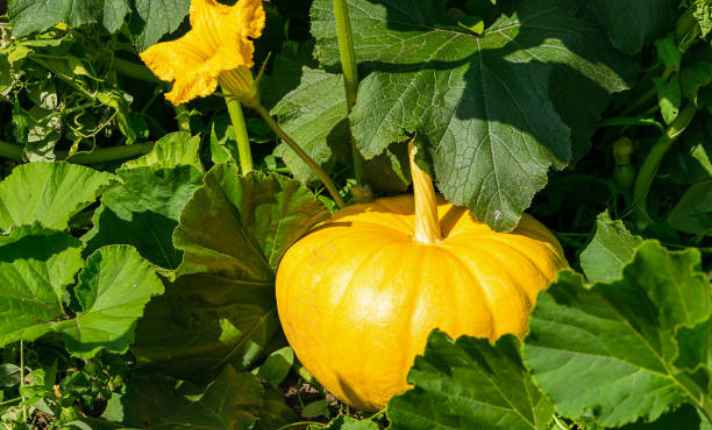
2. Tomatoes
When planting tomatoes and kohlrabi together, it’s important to consider their needs. Tomatoes require a lot of attention from the soil and absorb many nutrients. This can make it difficult for kohlrabi to grow strong and healthy.

Think of them as chefs in a kitchen who both need the same ingredients to make their dishes. For a successful garden, it’s better to keep these plants separate to ensure they both thrive.
3. Fennel
Fennel and kohlrabi do not grow well together. Fennel releases chemicals that can hinder the growth of many plants, including kohlrabi. I learned this from gardening books and my own garden.
When I planted fennel near my kohlrabi, the kohlrabi plants grew slowly and looked unhealthy. Keeping fennel far from kohlrabi helps both plants thrive.
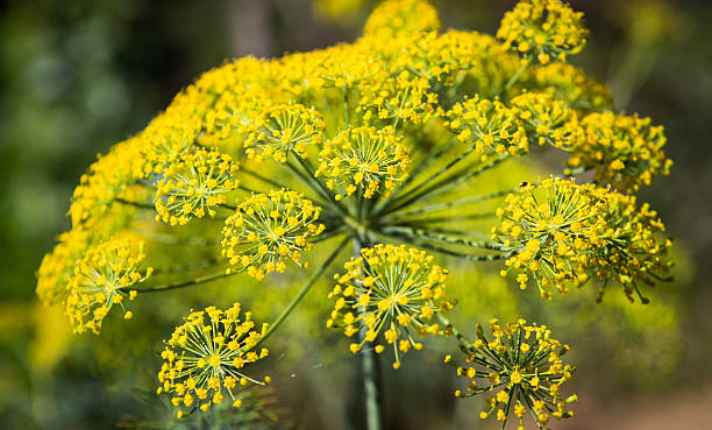
4. Strawberries
Strawberries are not good companions for kohlrabi. They attract slugs and other pests, which can harm kohlrabi and stunt its growth. They compete for nutrients, which can stunt kohlrabi’s growth.
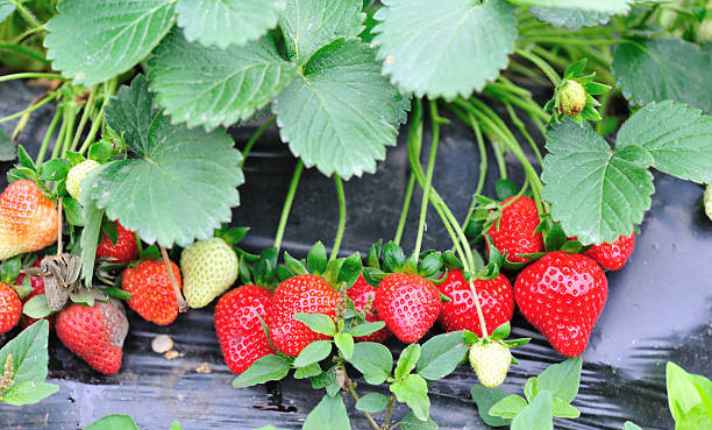
5. Kale
Kale and kohlrabi are poor companions because they attract the same pests, such as cabbage worms and aphids, leading to increased infestations.
They also compete for similar nutrients, which can stunt growth, and their proximity can heighten the risk of soil-borne diseases. For optimal growth, it’s best to plant them separately.

Tips for Planting & Growing Kohlrabi in Your Garden
Growing kohlrabi in my garden is both fun and rewarding. Choosing a good location in your garden is crucial. Here are some tips to help you successfully grow kohlrabi:
- Sunlight: Pick a location that receives at least 6 hours of sunlight per day.
- Soil Preparation: Use well-drained soil amended with organic compost.
- Planting Time: Set out plants about 4 weeks prior to the last frost to get them hardened.
- Watering: Watered with 1 to 2 inches of water weekly, depending on local rainfall amounts.
- Mulching: Add a thick layer of mulch to retain moisture in the soil.
- Harvesting: The crop is ready to be harvested when the bulb reaches 2-4 inches in diameter.
- Leaf Use: Remove the leaves and use them in stir-fry or salad.
- Bulb Use: The bulbs may be cooked like turnips, shaved, and eaten raw.
FAQ’s
Q: What Should Not Be Planted Near Kohlrabi?
A: When planting kohlrabi, don’t put it near broccoli, cauliflower, collards, kale, or turnip. Also, avoid planting it close to cabbage, mustard, bok choy, and Brussels sprouts. These related crops can cause issues if grown too close.
Q: How Much Space Do You Need Between Kohlrabi Plants?
A: When planting kohlrabi, make sure to space the plants 6 inches apart in each row and 1 foot between rows. This allows them to grow well.
Protect young plants from hard frosts, and keep temperatures below 75°F. If average temperatures drop below 45°F, mature plants might flower too early.
Q: Is Kohlrabi Heat Tolerant?
A: Kohlrabi, part of the cole crops family, is not very tolerant of high temperatures. In hot and dry weather, its bulbs can become woody, and split, and the flavor can turn from sweet to fiery.
Q: What Is the Best Climate for Kohlrabi?
A: Kohlrabi should be planted a month before the last expected frost in spring and in late summer for a winter crop. It enjoys cool weather and is frost-tolerant, which makes it taste sweeter.
Choose a position that receives 6 full hours of sun a day and has well-drained, moist, and rich organic matter soil.
Q: What Pest Eats Kohlrabi?
A: When growing kohlrabi in your garden, it’s important to know what pest eats it. Common pests like the beet armyworm, cabbage aphid, and cabbage looper can harm your plants.
The beet armyworm makes leaves look skeletonized from heavy feeding.
Conclusion
Companion planting with kohlrabi enhances growth, deters pests, and optimizes garden space, leading to a more productive and healthy garden. Embrace this sustainable gardening practice to maximize your harvest and enjoy a thriving, balanced ecosystem. Start planning your companion garden today!
